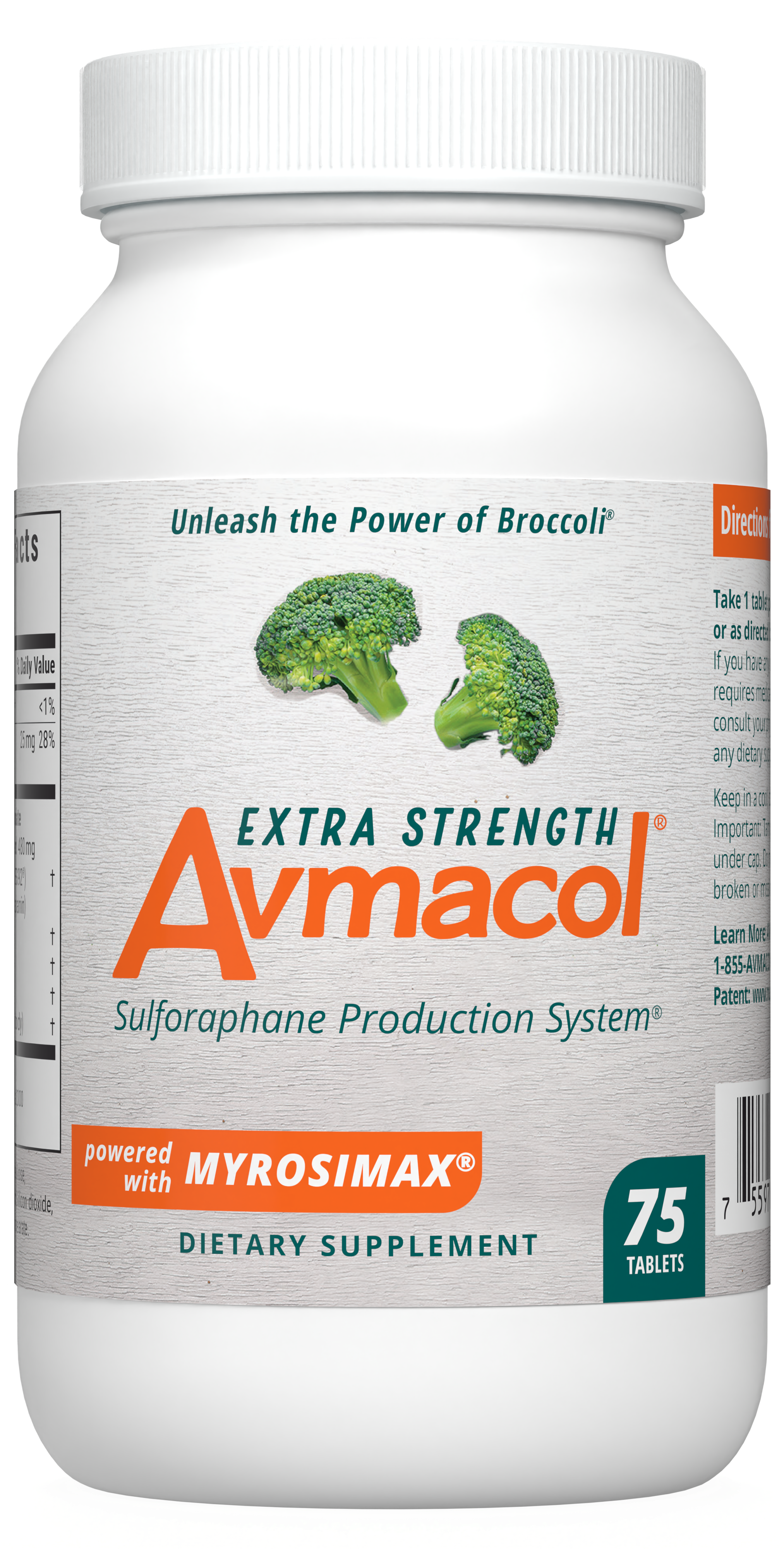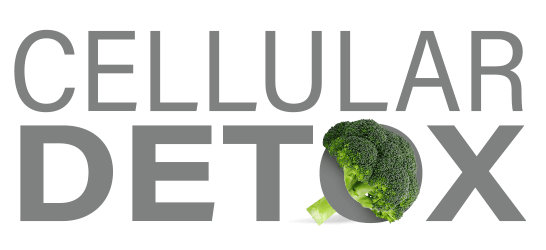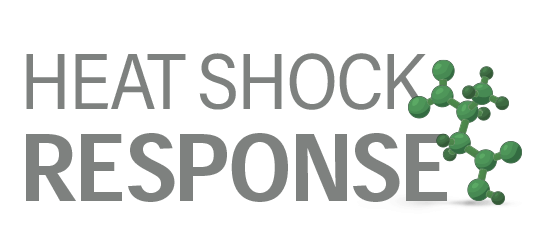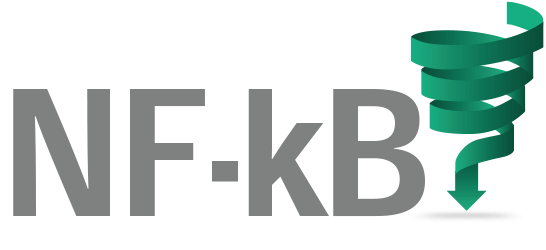The Sulforaphane Broccoli Connection
Sulforaphane is a compound that is typically associated with broccoli and broccoli sprouts, as well as other cruciferous vegetables like Brussels sprouts, arugula and cauliflower. This is because these vegetables provide the necessary ingredients for sulforaphane production: glucoraphanin, also known as sulforaphane glucosinolate, and an active myrosinase enzyme.
Sulforaphane is formed when myrosinase transforms glucoraphanin. In plant cells, glucoraphanin and myrosinase are kept separate and only interact when these cells are damaged (i.e. chewed), allowing the components to come together and for the transformation to proceed.










